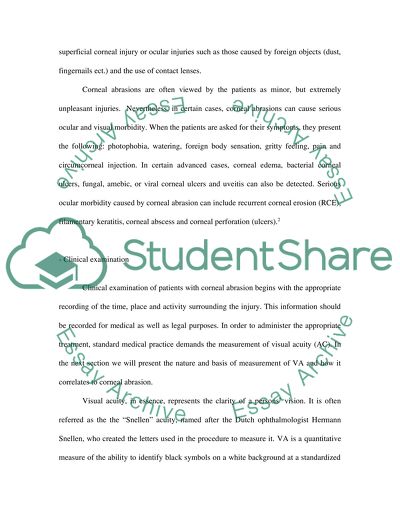Cite this document
(“Anatomy of the Eye Essay Example | Topics and Well Written Essays - 2000 words”, n.d.)
Anatomy of the Eye Essay Example | Topics and Well Written Essays - 2000 words. Retrieved from https://studentshare.org/health-sciences-medicine/1511912-anatomy-of-the-eye
Anatomy of the Eye Essay Example | Topics and Well Written Essays - 2000 words. Retrieved from https://studentshare.org/health-sciences-medicine/1511912-anatomy-of-the-eye
(Anatomy of the Eye Essay Example | Topics and Well Written Essays - 2000 Words)
Anatomy of the Eye Essay Example | Topics and Well Written Essays - 2000 Words. https://studentshare.org/health-sciences-medicine/1511912-anatomy-of-the-eye.
Anatomy of the Eye Essay Example | Topics and Well Written Essays - 2000 Words. https://studentshare.org/health-sciences-medicine/1511912-anatomy-of-the-eye.
“Anatomy of the Eye Essay Example | Topics and Well Written Essays - 2000 Words”, n.d. https://studentshare.org/health-sciences-medicine/1511912-anatomy-of-the-eye.


